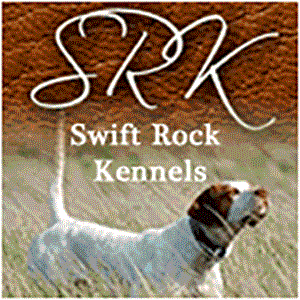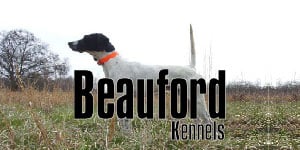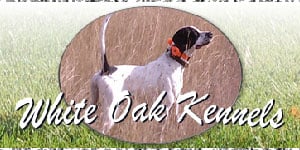Canvasback Ducks - Duck Hunting - Wetland Hunting
View Recipes | Gamebird Services | Gamebird Hunts | View Photos

Description
Canvasback ducks have big heads with gently sloping foreheads and a stout neck. The long bills meet the sloping forehead to form a seamless look from the top of the crown to the tip of the bill. On water, these ducks appear to have an oval body with a short tail that slopes down gently into the water. A canvasback duck measures 48 - 56 cm in length, weighs 862 – 1599 g and has a wingspan of 79 - 89 cm.
The breeding male ducks have a chestnut head, a black chest, a whitish body, and the rear is black. Consequently, females are brown, whereas males are chestnut & black. Instead of having a white body, females are mainly gray. During summer and early fall, the heads and necks of male ducks are brown, with the rest of their body appearing paler. Finally, females have dark eyes but males have red eyes.
Habitat
Salt bays, estuaries, and lakes are the main habitats. In summer, the canvasback ducks prefer fresh marshes but while nesting these birds occupy the shallow marshes in prairie regions. When migrating, the canvasback ducks inhabit large lakes although in winter they occupy coastal areas where they are protected, for instance, in bays and estuaries and sometimes on lakes.
Diet
The diet is mainly plant materials like leaves, roots & seeds of different aquatic plants: grasses, sedges, wild celery, pondweeds, etc. Sometimes, the canvasback ducks feed on insects, mollusks, and small fishes. Their feeding behavior involves diving for food (only a few meters deep) but in shallow waters, the canvasback ducks use their feet to stir up the bottom sediments while taking some food from the water surface.
Nesting
Pairing is done at stop-over points as the birds are migrating. It is common for one female to be courted by several males, especially if she is older. The male courtship Displays include snapping the head far back then thrusting it forward while giving specific clicking and cooing call notes.
The females build the nest in the marshes. The nest stands above shallow water in dense vegetation/grass. However, the nest can be built on the dry ground near sources of water using dead vegetation.
Eggs
Females lay 7 - 12 olive-gray eggs. However, when the Redheads lay their eggs in the nests of canvasback nests, the canvasback females tend to lay fewer eggs. Incubation is done by females for 23 – 28 days.
The young ducklings are led to open water or wetlands by the female, although they look for their own food. The female canvasback stays with the young for a few weeks only to depart when they start making short flights. The ducklings fly after 60 - 70 days, depending on several factors like weather, availability of food, and how fast they are maturing.

















